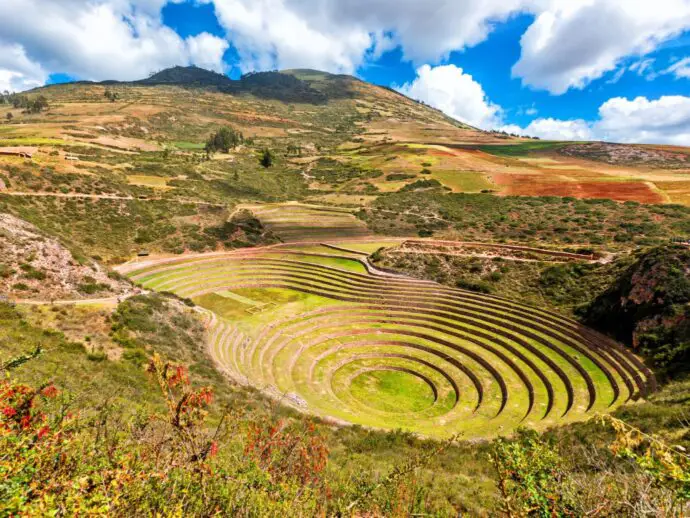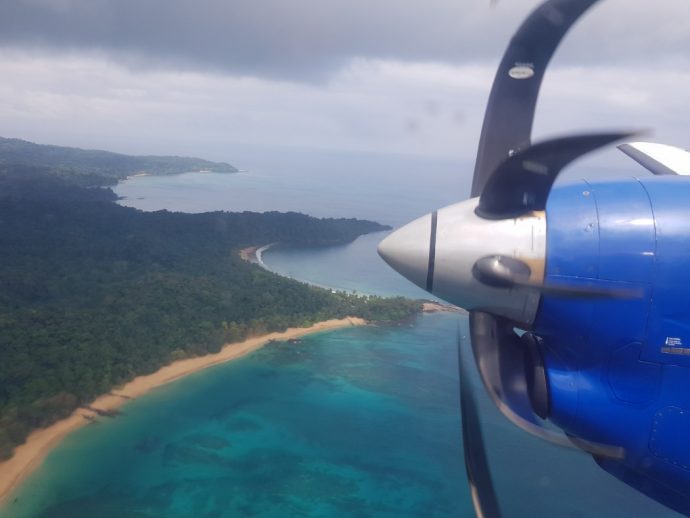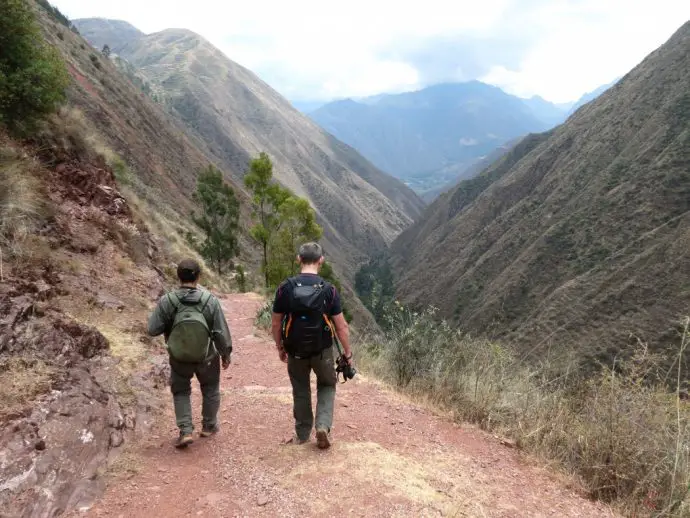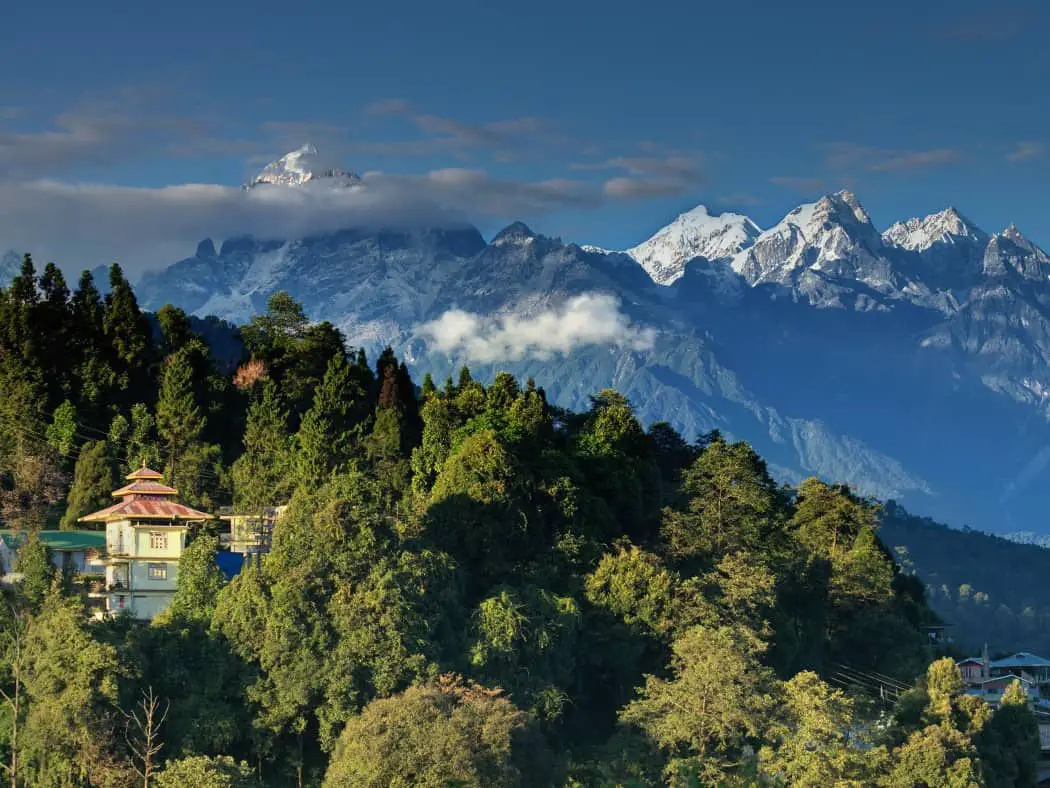What is Altitude Sickness
Altitude sickness is common in areas of high elevation, such as Everest Base Camp (5600m), the Andean city of Cusco in Peru (3399m), and Lhasa in Tibet (3656m). They’re all popular tourist destinations in mountainous areas which lie far above sea level. Air here is thinner, with less oxygen which can leave visitors feeling breathless and more tired than usual, especially if they’ve arrived by plane from much lower altitudes. It can be a real effort to do normal everyday things like walking up the stairs, strolling down the street or going for a short hike, and some people can suffer from headaches, dizziness and even sickness.

It doesn’t affect everyone, and there’s no knowing who will suffer from it as it has nothing to do with age or health. The bottom line is – altitude sickness is indiscriminate. It can affect anyone so you should go prepared, just in case it happens to you.
Best Ways to Prevent Altitude Sickness
Whether you’re trekking to Everest Base Camp, going sightseeing in Cusco or trekking up to Tiger’s Nest in Bhutan, you need to consider the altitude. If you’re travelling anywhere that lies at high altitude, you need to factor this in when planning your trip, bearing in mind that extra precautions should be taken. To do all you can to prevent altitude sickness, try and follow this advice:
Don’t Fly Straight from Sea Level
Where possible, try and plan your journey so that it doesn’t involve you flying in to areas of significantly higher altitude to where you’ve previously been. By travelling overland or making strategic flight stops along the way, your body will gradually adjust to the changing altitude over a period of several days, thereby reducing the risk of getting sick on arrival. Of course this isn’t always practical, or even possible, especially as flights can be so much cheaper than overland travel. In which case, make sure you think about the next few precautions.

Take a Few Days to Acclimatise
Once you’ve arrived at your high altitude destination, don’t plan on rushing around seeing all the sights and going for long hikes straight away. Take some time for your body to acclimatise and adjust to the change, and just take it slow for 2-3 days before heading out. It’s fine to stroll around town, go out for meals and take in a few sights, but make sure you pace yourself and if you feel you need a rest, take one! Avoid all forms of strenuous exercise at the beginning, and gradually build up to what you want to achieve from your visit.
Drink Water, Not Alcohol
It’s really important to stay hydrated when you’re at altitude, so always carry plenty of water with you and don’t forget to drink, even if it’s cold and you don’t feel thirsty. Your body will thank you for it later. In the same vein, avoid consuming alcohol during your first few days to give yourself the best chance of acclimatising. There’s always time to celebrate with a tipple or two later.

Use Preventative Medication
Some people who are unable to slowly acclimatise, for example if they have no choice but to fly direct to a high altitude location, decide to take preventative medication to try to stop getting sick. One of the most well known products is Diamox – it contains acetazolamide which helps to increase the body’s acclimatisation rate. You should always consult your doctor before taking any such medication, and they’ll advice the best course of action for your particular circumstances.
Those who suffer from a pre-existing condition that involves difficulty with breathing, or are worried they might be particularly susceptible to the effects of altitude sickness, might like to consider taking a portable oxygen concentrator with them on the trip. These clever devices release oxygen-rich air into the atmosphere, so you can breathe and sleep easier, thereby reducing the risk of succumbing to altitude sickness.
Pace Yourself
Once you feel you’ve acclimatised and are ready to head out on that adventure you’ve been planning for ages, make sure you factor in rest days along the way, especially if you’re doing a multi day trek in the mountains. Even if you feel fine to begin with, altitude can creep up on you totally unexpectedly, so it’s important to keep aware of the possibility and give yourself time and space to rest, so you have the best chance of completing your expedition.
Remember that you’re likely to be in a remote mountainous region with little or no accessible healthcare, so if you don’t take proper care of yourself, the risks are considerable indeed.

What to do if you have Symptoms of Altitude Sickness
It’s quite normal for most people to feel a bit out of breath and more tired than usual when first arriving at an area of high altitude. Usually a few days rest will sort that out. However, if these and other symptoms persist, or you start feeling really unwell, the best thing to do is stop what you’re doing, and rest. For severe cases, you should leave for a lower altitude destination as soon as you possibly can, even if it means missing out on part of your trip – a holiday is not worth putting your life at risk. Descending towards sea level is really the most effective way of treating altitude sickness, and in many cases you’ll find your symptoms gradually disappear the lower you go.
Have you ever had altitude sickness? Tell us about your experience in the comments.
[separator type=”thin”]
Disclaimer: We are not qualified medical professionals so you should always seek advice from your healthcare provider or doctor as to the best course of action to prevent and relieve altitude sickness.





